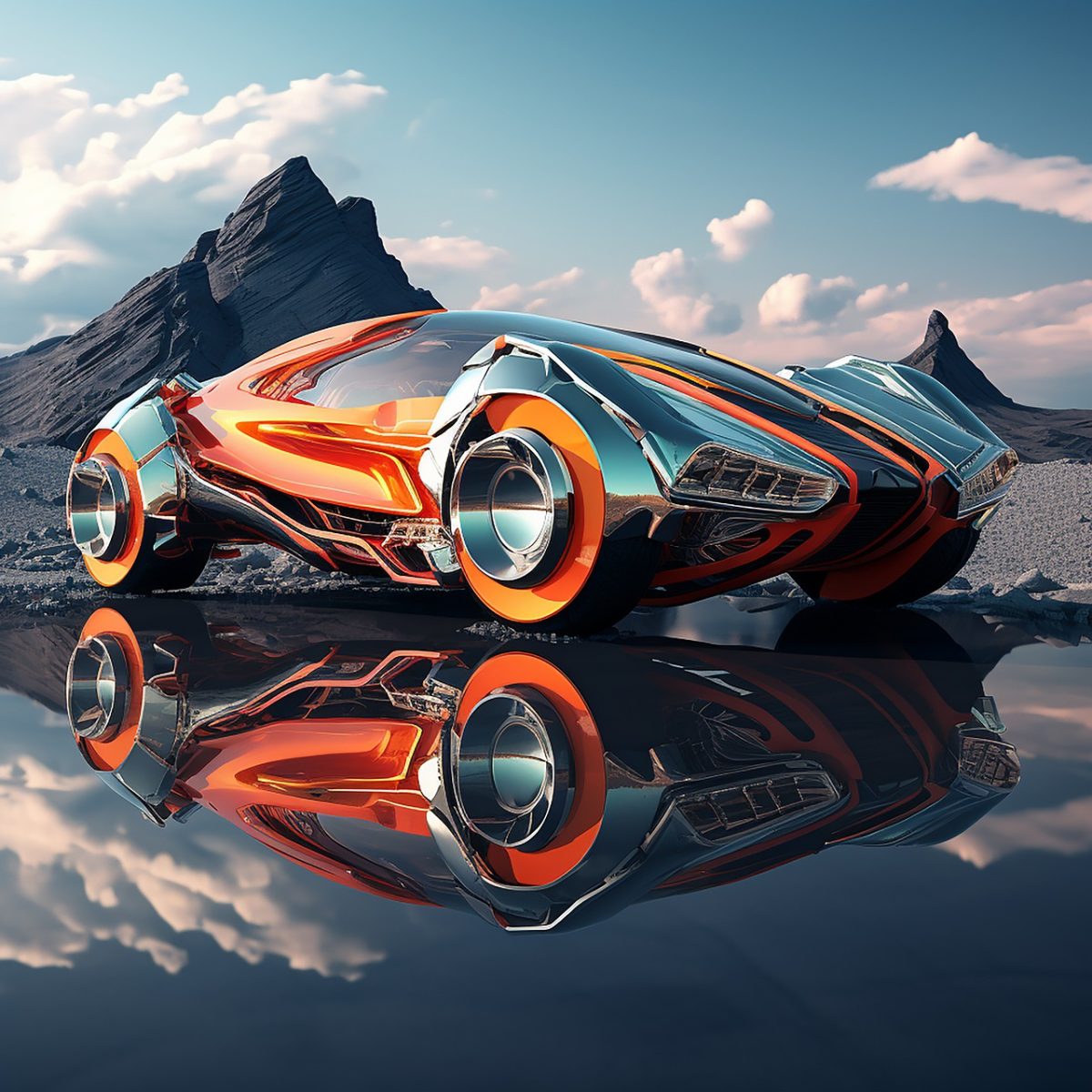Aerodynamics is one of the most complex fields in engineering. It deals with the relationship between moving air and its interactions with solid bodies. It’s also heavily involved in motor racing, where for several reasons, aerodynamics is essential. Some think it’s just the engine power that determines how fast a car can go, but that’s simply false.
Air can provide a large amount of resistance against a vehicle’s movement, which is called drag. To decrease drag, a vehicle should avoid having surfaces perpendicular to the flow of air. This way, it can move smoothly through the air. You can try this yourself!
Water works the same way, so you can do this easily there. Hold your hand parallel to the earth underwater, and it slices through easily. But turn your hand sideways, and it has a lot more resistance to your actions. This is because your hand has more drag when more of its flat surface area is moving perpendicular to the water. The less drag, the faster a vehicle can move in a straight line.
The next part of building a good race car is having downforce. This is the same principle as a plane’s lift, just upside down. It sticks the car to the ground, making turns much easier. Downforce is generated when a part of the car’s bodywork creates highly pressured air above it and low pressure below it. This makes the car want to move down and fill that space, fixing the pressure discrepancy.
The way most race cars create downforce is with wings. The shape of the wing makes the air move faster below than above, creating the low and high-pressure zones. Another way for downforce to be produced is by effectively turning the entire car into a wing. This phenomenon, labeled the ground effect, uses a technique where the car is suspended very close to the ground, and the underside of the car is shaped like an inverted wing, just like a normal wing that would create downforce. It works tremendously well, but the first iterations were extremely dangerous, as if the car hit a bump and raised too high off the ground during a turn, almost all of the downforce would disappear and the car could go flying out of the turn and off track.
There are many ways aerodynamics can and need to be used in racing, and it’s up to the engineers to figure out how to do so. Maybe soon, a new phenomenon of aerodynamics will be observed and we will see a brand-new revolution in race cars.




























